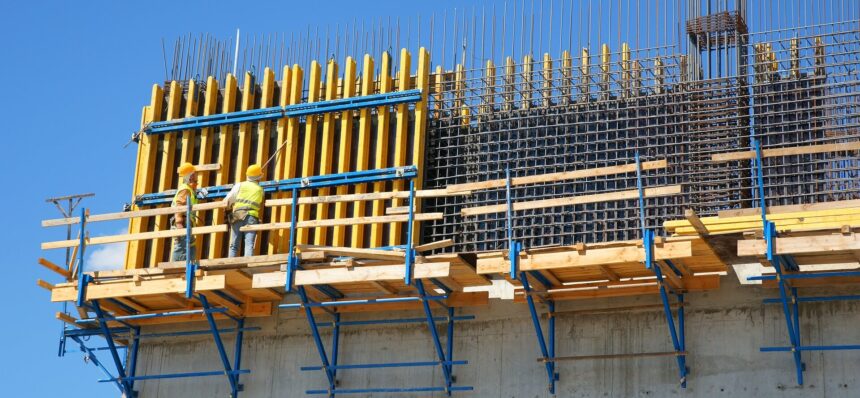New OSHA Qualifications Rules for Crane Operators in the U.S. Resets Employer Responsibility For Operator Competency
In the ongoing drive to improve construction operations safety, the Occupational Safety and Health Administration (OSHA) proposes an updated standard for crane operator qualifications. Core focus of the new qualifications rules for crane operators in the U.S., aims to:
Clarify individual employer responsibility by promoting a more effective means for establishing, tracking and confirming crane and derrick operator competency.
This permanent extension of current regulations will require certification or licensing of crane operators via established training and evaluation programs. This may mean that the existing provision as it pertains to different levels of certification based upon the rated lift-capacity of various crane and derrick machinery will be removed from the standards. As such, the option to certify based upon equipment rated lift-capacities will not be eliminated but neither will it be required. The determination of operator competency will be based upon newly established minimum proficiency and training requirements.
These new OSHA qualifications rules for crane operators in the U.S. also aim to help reduce compliance burdens on employers while maintaining and further promoting jobsite safety and health protection measures (Federal Register, “Cranes and Derricks in Construction: Operator Qualification).
Crane Operator Qualifications Rules, Cost Factors
As you might suspect, a change in standards also involves an increase in costs, at least on a temporary scale. OSHA calculates an approximate $1.6 million annual price tag as part of the expense of compliance with the new regulations. However, an anticipated $25.5 million one-time saving should be generated by the removal of the certify-by-capacity clause.
Crane Operator Qualifications Rules, Cost Factors, Precise Actions
As is proposed in amendment to 29 CFR 1926 subpart CC, OSHA defines OSHA defines the core new rules for U.S. crane operator competency training and certification or licensing as follows:
- Compel comprehensive training of all crane and derrick operators
- Eliminate requirements pertaining to certification by lift-rating capacity from future crane operator certification requirements
- Refine and perpetually expand the duty of employers concerning the process of evaluation of potential operators in a manner that ensures said operators ability to safely operate machinery as covered by subpart CC of 29 CFT 1926
- AND Compel production, delivery and storage of documentation concerning such crane operator competency evaluations.
Now take a moment to consider the process and cost of such changes as they may affect your construction company. Don’t let it be something that drags out in paperwork, labor and tracking expenses. Rather take advantage of Assignar, a modern-day real-time digital solution to the management, documentation and tracking of all construction operations. With the Assignar safety compliance components at your service, the changes in current OSHA Crane operator qualifications rules or any other OSHA safety requirements will not bog you down.
Act now: Learn about how Assign Health and Safety in Construction inspection and audit software resources can save you money, manpower and time.





